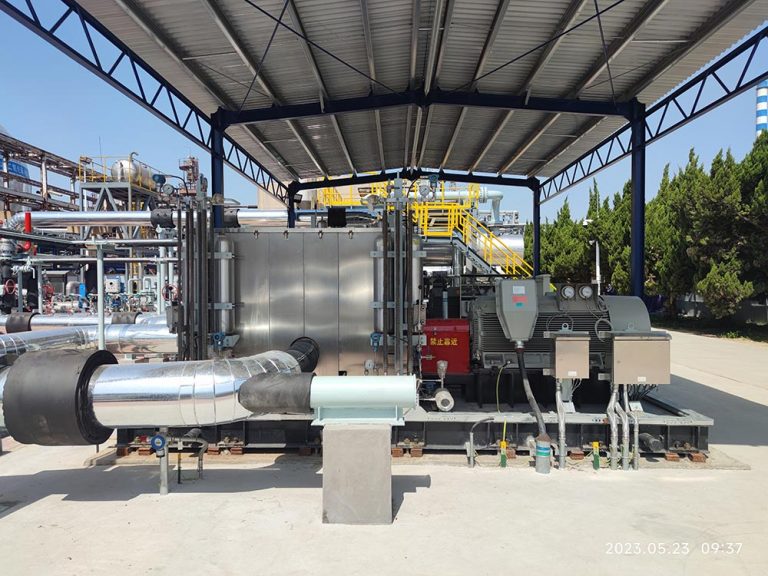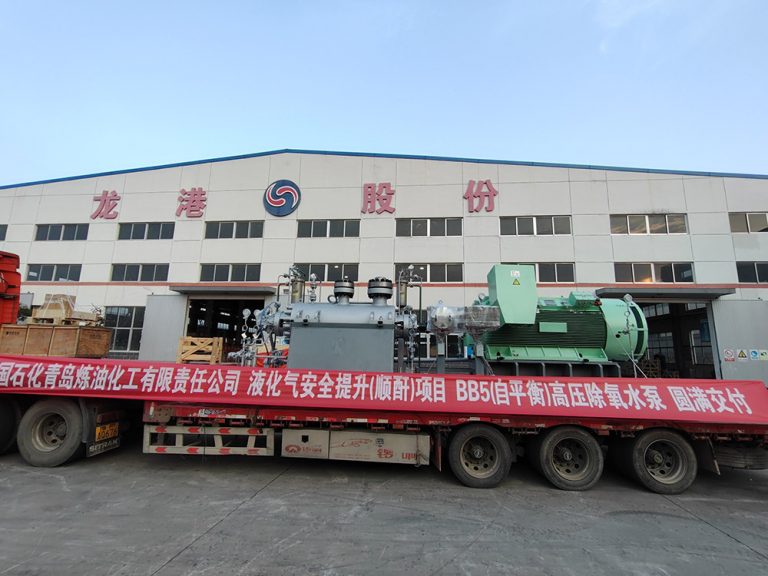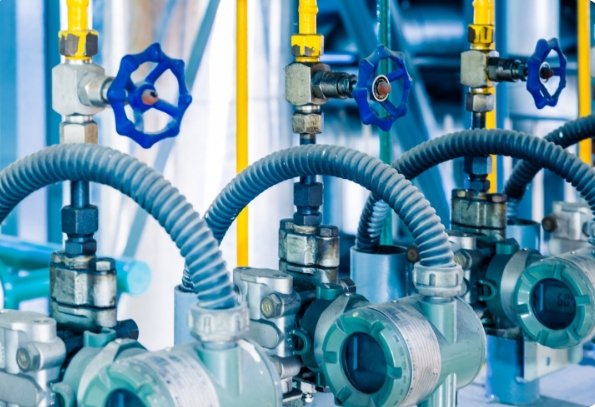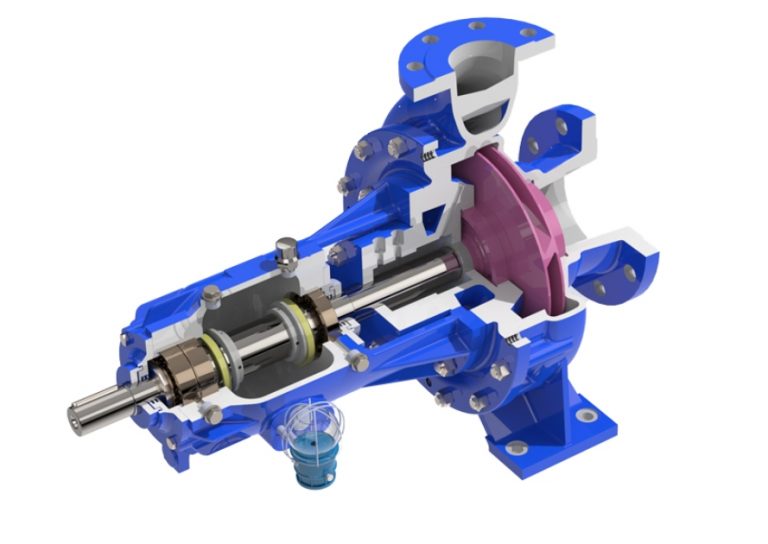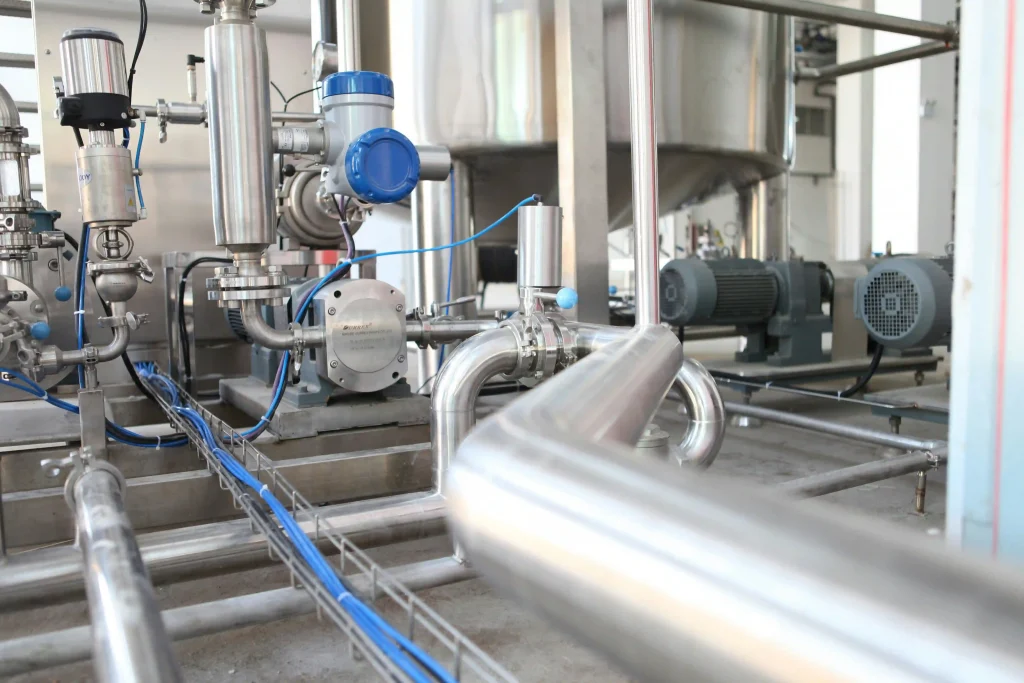
In the chemical industry, picking the right pump is vital for smooth operations, cost savings, and eco-friendly practices. Pumps are key for moving liquids. Their energy use greatly affects system performance. Two main pump types are common in chemical tasks: centrifugal pumps and positive displacement pumps. This blog explores the energy-saving differences between Centrifugal and Positive Displacement Pumps. It helps you choose wisely for your chemical processing needs.
Two Pump Types in Chemical Applications
Before we compare energy savings, let’s understand how these pumps work. We’ll also look at their common uses in the chemical field.
Centrifugal Pumps: Fast Flow, Thin Liquids
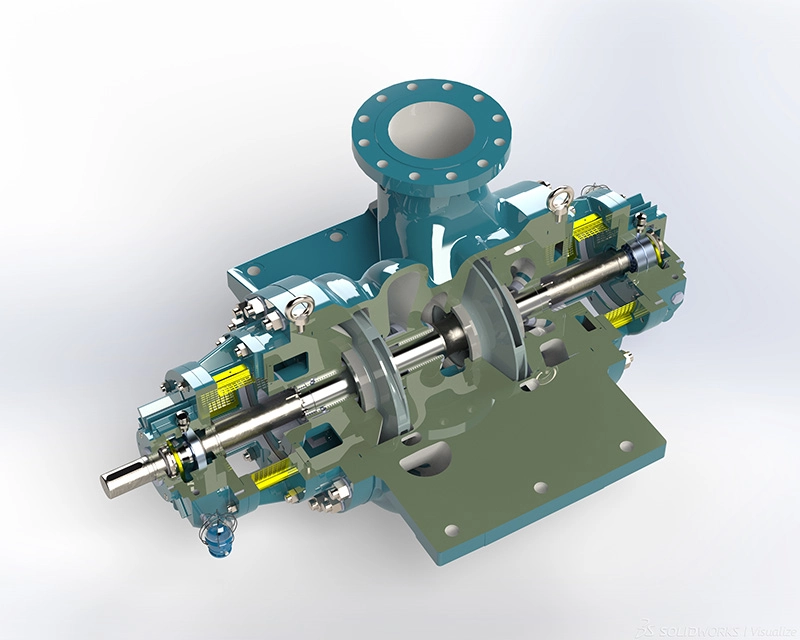
Centrifugal pumps work by turning motor energy into motion energy. A spinning part, called an impeller, moves liquid. These pumps shine in fast-flow, low-pressure tasks. They handle thin liquids like water, solvents, or light chemicals well. Their simple build and ability to move large amounts make them popular in chemical plants. They’re great for tasks like sending liquids through pipes or cycling coolants.
- Advantages: Quick flow, small size, cheaper to buy.
- Limitations: Less effective with thick liquids. Flow changes with pressure shifts.
Positive Displacement Pumps: Accurate and Flexible
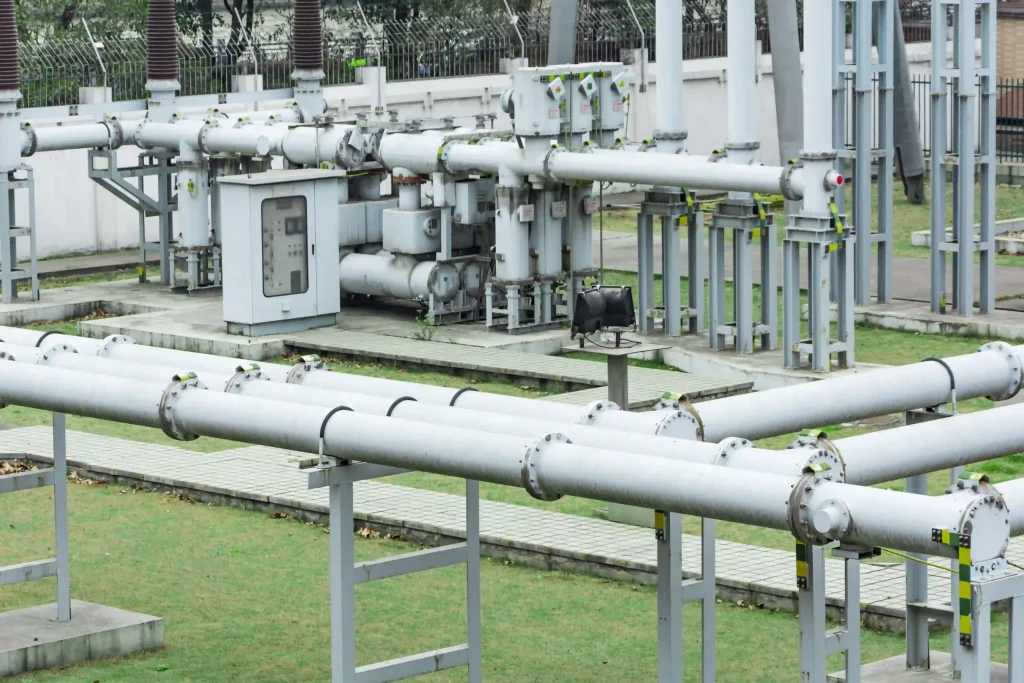
Positive displacement pumps capture a set amount of liquid. They push it through the exit, giving steady flow no matter the pressure. These pumps work well for thick liquids, sensitive chemicals, or tasks needing exact amounts. For example, they handle harsh substances or thick mixtures.
- Advantages: Steady flow, manages thick liquids, starts on its own.
- Limitations: Higher repair costs, complex build.
Energy Efficiency in Centrifugal vs. Positive Displacement Pumps
Saving energy is a big factor in choosing a pump. It affects running costs and the environment. Let’s examine how Centrifugal vs. Positive Displacement Pumps differ in energy use for chemical tasks.
Energy Efficiency in Centrifugal Pumps
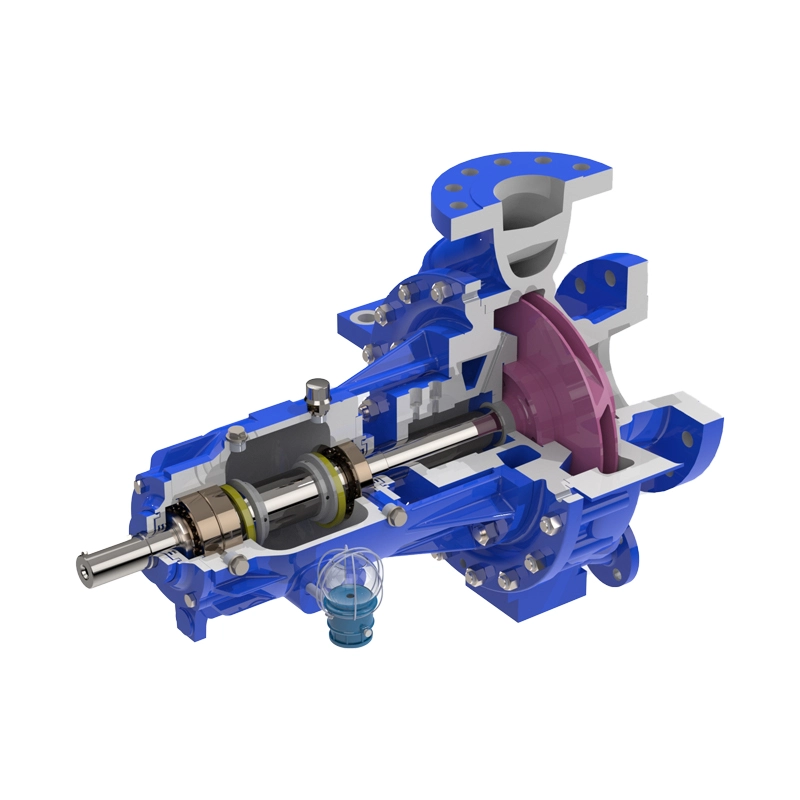
Centrifugal pumps save energy best when working at their top performance point. This is usually in fast-flow, low-pressure systems. Their simple design reduces energy waste when moving thin liquids. But, efficiency can drop in some cases:
- Thickness Impact: Thick liquids (over 100 cSt) cause friction. This lowers efficiency. More power is needed to keep flow.
- Pressure Changes: Flow slows as pressure rises. This wastes energy if the pump isn’t at its best point.
- Bubble Risks: Wrong sizing or use can cause bubbles. These harm efficiency and parts.
To boost energy efficiency in centrifugal pumps, chemical plants can try these steps:
- Pick pumps with parts designed for specific flow and pressure needs.
- Use speed controllers to adjust motor speed as needed.
- Check and fix parts regularly to avoid wear.
Energy Efficiency in Positive Displacement Pumps
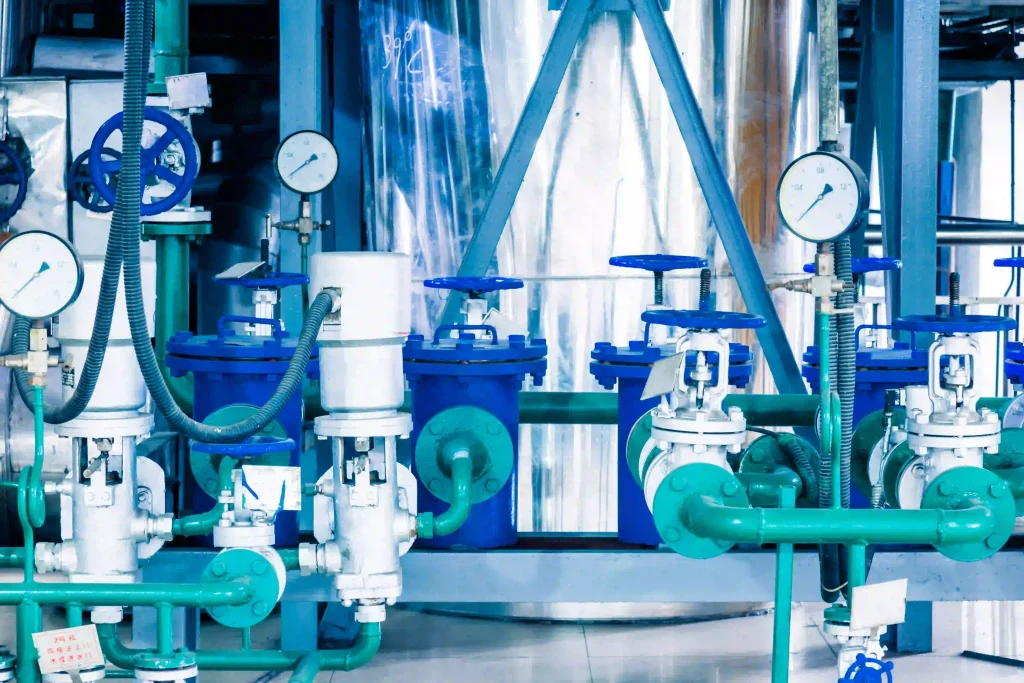
Positive displacement pumps stay efficient in many conditions. They work well for tough chemical tasks. Their efficiency doesn’t change much with pressure or liquid thickness. Here’s why:
- Thickness Benefit: Efficiency rises with thicker liquids. Thick fluids reduce leaks inside.
- Pressure Stability: Steady flow cuts energy waste in high-pressure systems.
- Exact Dosing: For chemical dosing, precise flow saves energy.
But, these pumps may use more energy in slow-flow, high-pressure tasks. Their complex parts need more power. To save energy, try these:
- Choose the right pump type, like diaphragm or gear, for the job.
- Adjust pump speed to match flow needs.
- Use strong materials to reduce wear and energy loss.
Comparative Analysis: Energy-Saving Features
The table below shows how Centrifugal and Positive Displacement Pumps compare in energy savings for chemical tasks:
| Factor | Centrifugal Pumps | Positive Displacement Pumps |
| Best Use | Fast flow, thin liquids | Slow flow, thick liquids |
| Efficiency at Top Point | Great (80-90% in best conditions) | Good (70-85% in many conditions) |
| Thickness Impact | Efficiency falls with thick liquids | Efficiency rises with thick liquids |
| Pressure Sensitivity | Flow shifts, lowering efficiency | Steady flow, stable efficiency |
| Energy-Saving Features | Speed controllers, part optimization | Precise flow, material choice |
Key Considerations for Chemical Applications
Energy savings are important, but other factors matter when choosing a pump for chemical tasks. These include:
- Liquid Traits: Harsh or rough liquids need pumps with matching materials, like strong metal centrifugal pumps or special positive displacement pumps.
- Flow and Pressure Needs: Centrifugal pumps fit high-volume tasks. Positive displacement pumps are better for exact dosing.
- Running Conditions: Constant tasks suit centrifugal pumps. Changing or off-and-on tasks fit positive displacement pumps.
- Repair Costs: Centrifugal pumps need less upkeep. Positive displacement pumps may need more fixes due to complex parts.
By matching pump choice to these factors, chemical plants can improve energy savings and system reliability.
Yantai Longgang Pump Industry: A Trusted Centrifugal Pump Supplier
For chemical tasks needing top-quality centrifugal pumps, Yantai Longgang Pump Industry is a top choice. Based in Yantai, China, Longgang focuses on single-stage and multi-stage centrifugal pumps. These suit chemical, petrochemical, and industrial uses. Their pumps, BB2 Radial Dissection Chemical Process Centrifugal Pump series, are built for energy savings, strength, and global standards. Longgang offers tailored solutions for specific needs, ensuring dependable performance in tough chemical settings. Visit Longgang homepage for more details.
FAQs: Centrifugal vs. Positive Displacement Pumps
Q1. What’s the main energy-saving difference between centrifugal and positive displacement pumps?
A1. Centrifugal pumps save the most energy at their top performance point. They suit fast-flow, thin-liquid tasks. But, their efficiency drops with thick liquids or pressure changes. Positive displacement pumps keep steady efficiency in varying conditions. They’re great for slow-flow, thick-liquid chemical tasks.
Q2. When should I pick a centrifugal pump for chemical tasks?
A2. Use a centrifugal pump for high-volume, thin-liquid tasks, like moving solvents or light chemicals in steady operations. They offer great energy efficiency in centrifugal pumps when sized right and run near their top point.
Q3. Are positive displacement pumps better for thick chemicals?
A3. Yes, positive displacement pumps suit thick or sensitive chemicals. Their efficiency improves with thicker liquids. They provide exact flow control, saving energy in dosing or metering tasks.
Q4. How can I improve energy efficiency in centrifugal pumps?
A4. To boost energy efficiency in centrifugal pumps, use speed controllers to adjust motor speed. Pick pumps designed for your flow and pressure needs. Maintain parts to avoid bubbles or wear.
Q5. Can both pump types handle harsh chemicals?
A5. Both Centrifugal vs. Positive Displacement Pumps can manage harsh chemicals if made with suitable materials, like strong metals or special alloys. Choosing the right material ensures durability and efficiency.
Call to Action: Boost Your Chemical Processing Now
Choosing between Centrifugal vs. Positive Displacement Pumps affects your chemical plant’s energy savings, running costs, and eco-impact. Understand their energy differences. Match your pump choice to your needs for top performance. Explore Longgang’s centrifugal pump solutions, like the OH2 Single Stage Cantilever Centrifugal Pump, for energy-saving, reliable options tailored for chemical tasks. Contact their team today to discuss your needs and start improving your operations.

